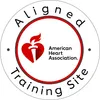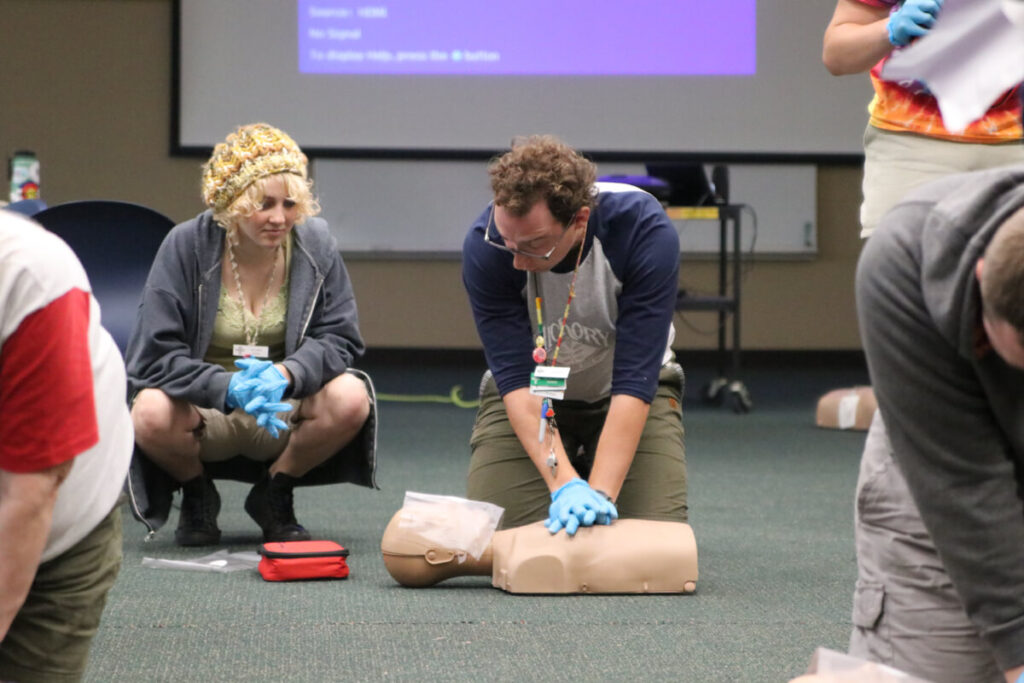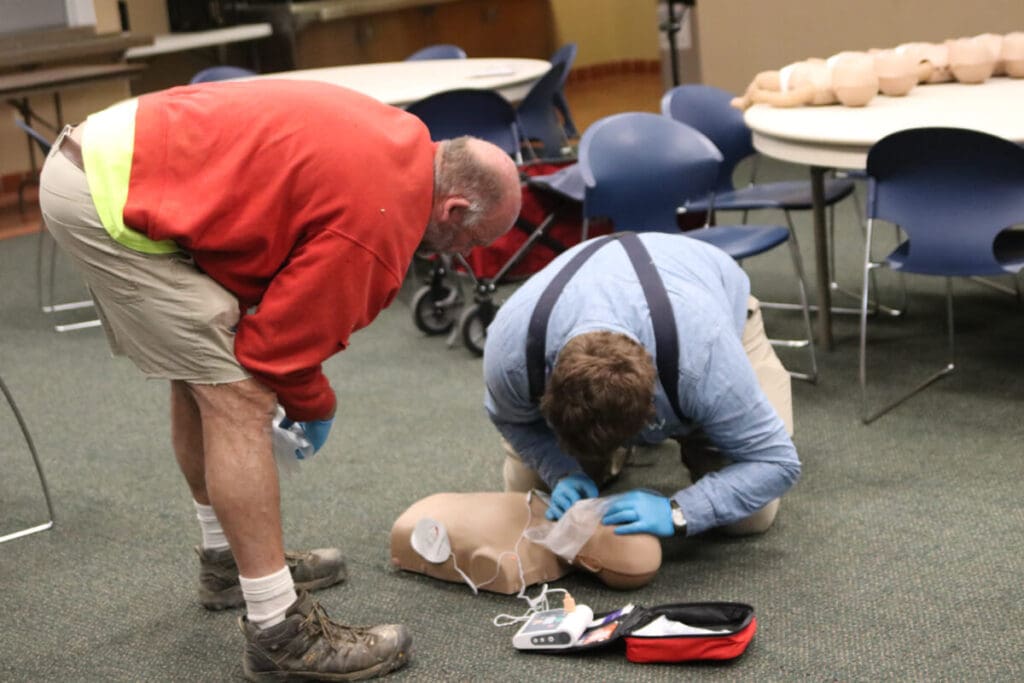Have Questions?
317-961-1480
Community Classes throughout Central Indiana
Check class schedule for specific locations
317-961-1480
Community Classes throughout Central Indiana
Check class schedule for specific locations



Stay Updated with Hassle-Free CPR Training
At Arise Safety and CPR, we’re dedicated to ensuring your organization stays current with CPR training effortlessly. We streamline the process, providing:
Why Choose Us?
We understand the value of simplicity and efficiency. Our services aim to alleviate your responsibilities, allowing you to focus on what matters most for your organization. With our proactive approach to CPR training management, we ensure your team remains prepared without added hassle.
Preparedness is not just a concept; it’s a mindset that has the power to save lives. CPR training is a vital component of being prepared for emergencies, and at Arise Safety and CPR, we are dedicated to empowering individuals and communities through comprehensive training programs.
We are currently hosting classes in:
Indianapolis, Greenwood, Franklin, Martinsville, Columbus, Bloomington, Plainfield, Carmel, Fishers, Anderson, Muncie
We can also bring a CPR Class to you anywhere in Central Indiana!
Contact us to schedule a customized class for your business or organization
We’re here to help you gain the skills to make a difference!
